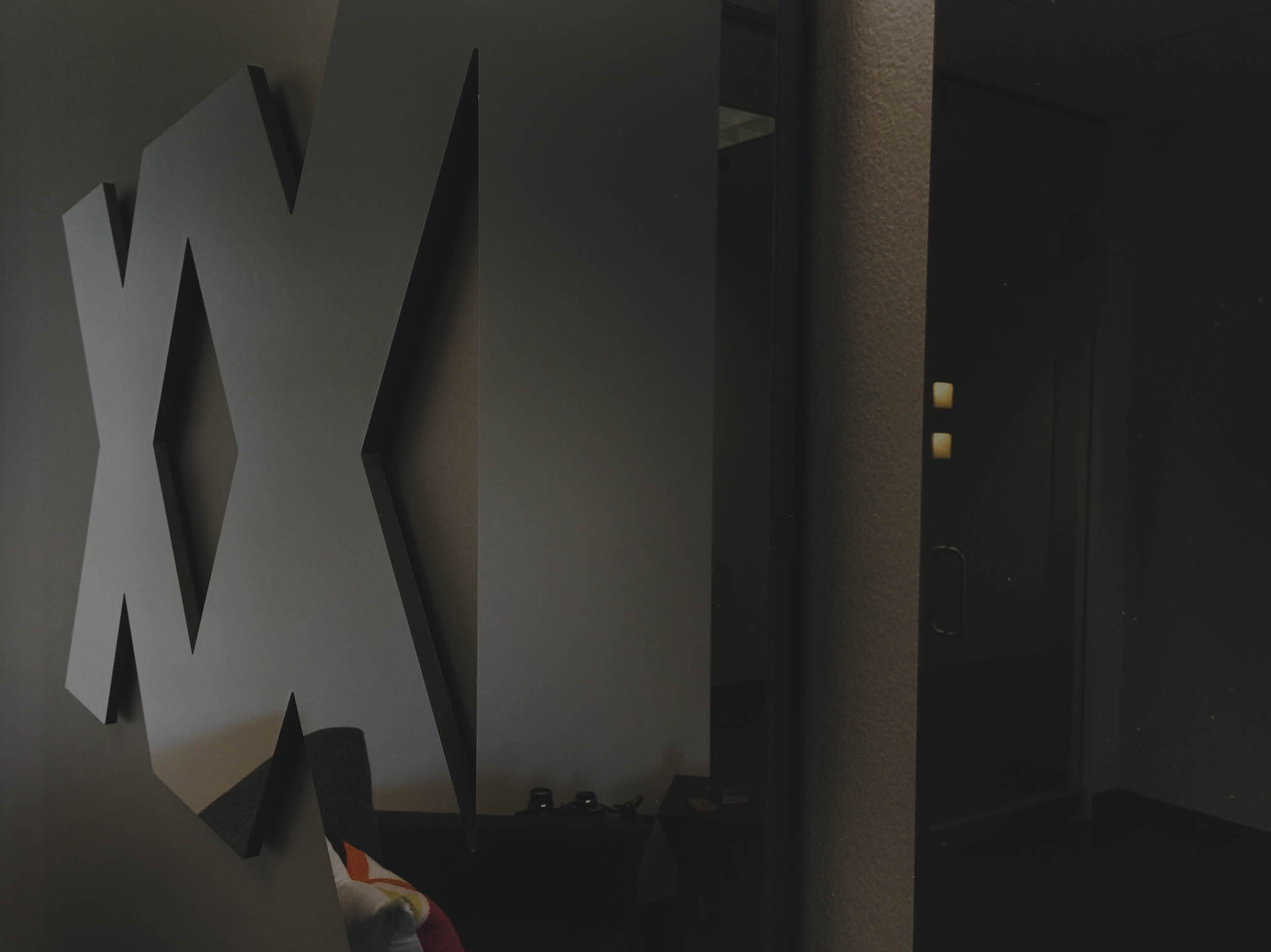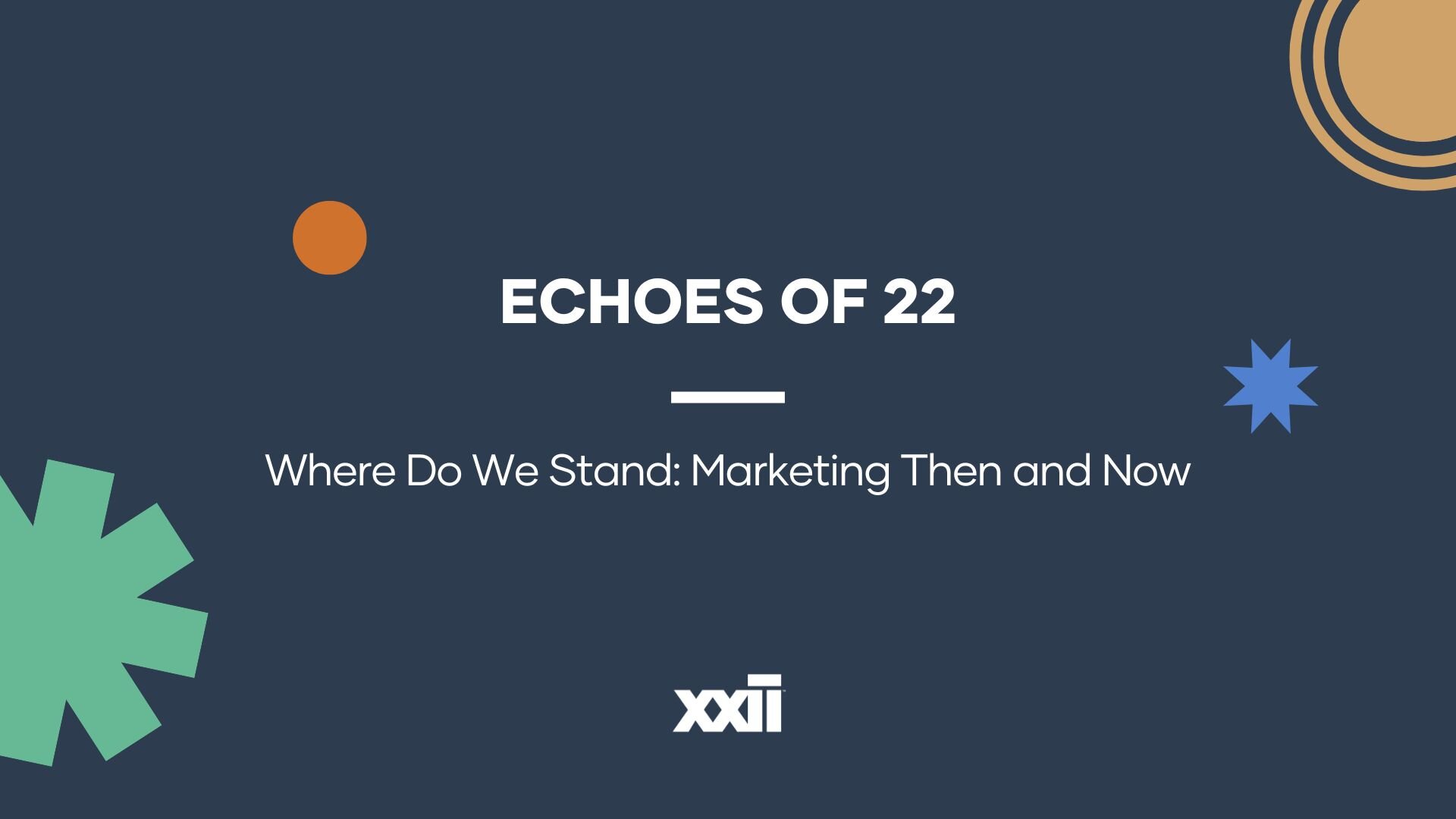
What is brand consistency, and what makes up a brand or brand experience? Lincoln Motors knows. They’ve proven over the years that they know a thing or two about brand consistency and brand experience. After Matthew McConaughey appeared in the “The Lincoln Lawyer” in 2011 where his character works out of his Lincoln, he started appearing as a spokesman for Lincoln Motors. McConaughey also insists he’s admired Lincoln for some time. According to The Hollywood Reporter, Lincoln sales rose 25% one month after McConaughey’s commercials first aired. The commercials keep coming and, several years later, McConaughey’s name remains synonymous with the Lincoln brand.
After viewing the commercials, and how Lincoln has used McConaughey’s image across print and web media, too, you’ll instantly know who is and who isn’t Lincoln Motors intended clientele. An over-scheduled parent taxiing children to after-school activities isn’t Lincoln’s target audience. Nor is a teenage kid buying his first vehicle. Lincoln’s brand is primarily for people like McConaughey: those who like luxury and appreciate it. In the ads, McConaughey isn’t driving around committing funny stunts with friends. Who would do that in an expensive suit? His car is as cool, calm, savvy, good-looking, mature, and collected as he is. Therefore, the Lincoln brand is offering you a consistent message that you can experience a luxurious lifestyle if you own a Lincoln.
Planning for Your Brand
Your company’s brand is its identity. Brand consistency can be achieved in a variety of ways, but Entrepreneur.com’s “The Basics of Branding” suggests it comes down to setting up an initial plan. You’ll need to ask yourself: What promise is my company offering to clients? In essence, what is my company’s mission or tagline? Why is my company different than all the competitors? For example, what features and benefits can my company offer? Get to know your intended clients. What are their wants, needs, desires, and anxieties? Steer your campaign in their direction, and you won’t go wrong. They’ll take notice of the message you’re building exclusively for them. Let them long for the product or service and experience you’re offering them!
Using Visual Elements
McConaughy may be an A-lister, but Lincoln still showcases their logo in commercials as well as in digital ads and print. Your website, packaging materials, and all promotional materials should include your logo. Your tagline can also appear in all sorts of mediums such as commercials, letterhead, employee uniforms, and even in radio ads.
Don’t let your customers forget who your company is: using the same colors, fonts, and design style will help them know they’re looking at a something from your company. Again, you’re building an identity. By being consistent, your identity will start to be easily identified by clients.
Sticking to Your Branding Strategy
It’s all well and good to develop your brand and start with consistency. Don’t forget the most pertinent element though: your company’s goals and the client experience that your company promises. HubSpot author Carly Stec states,
“Your brand is not your product, your logo, your website, or your name. In fact, your brand is much more than that — it’s the stuff that feels intangible. But it’s that hard-to-pin down feeling that separates powerhouse and mediocre brands from each other.”
Developing a brand and remaining consistent seems impossible, but it should be easy for your client to be enticed by the experience your brand offers. You may not be able to afford a spokesperson like Matthew McConaughey, but tapping into your target audience’s needs, wants, and fears will help you develop a consistent brand that will drive clients to your business.




